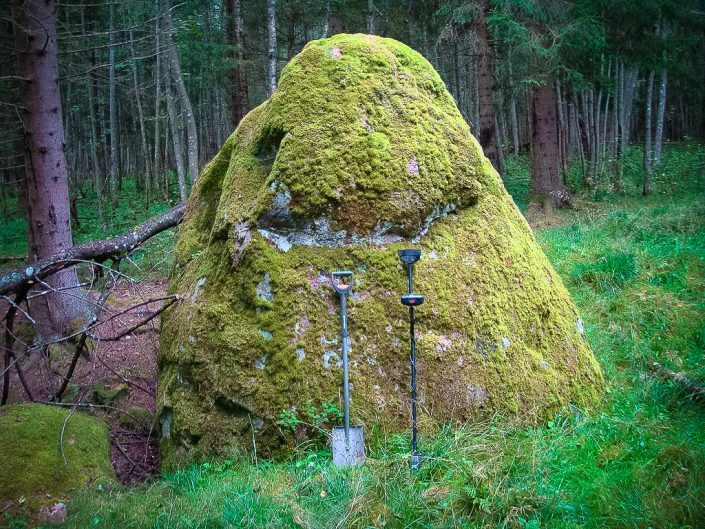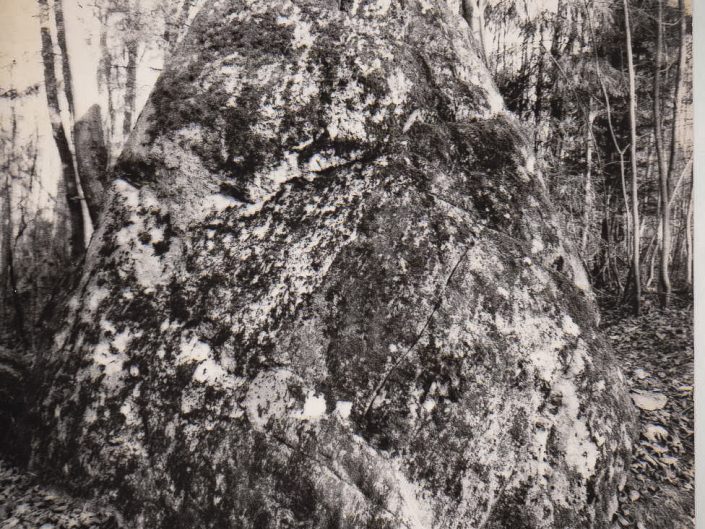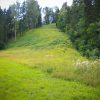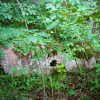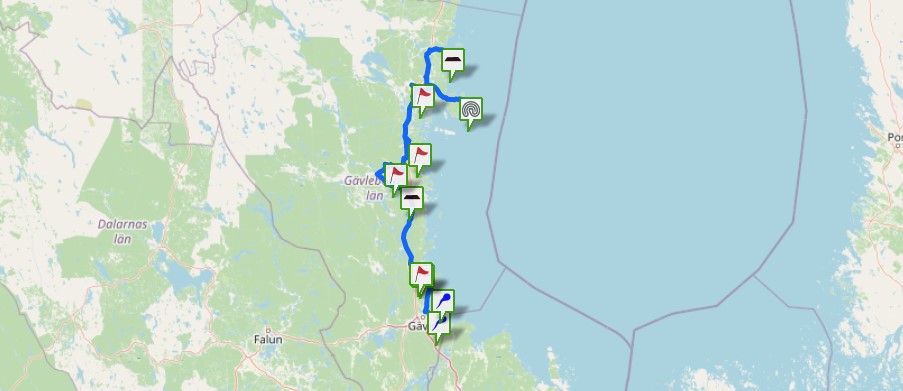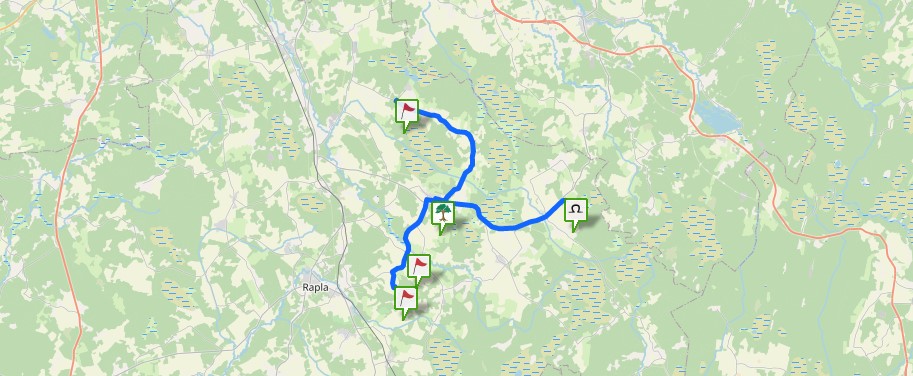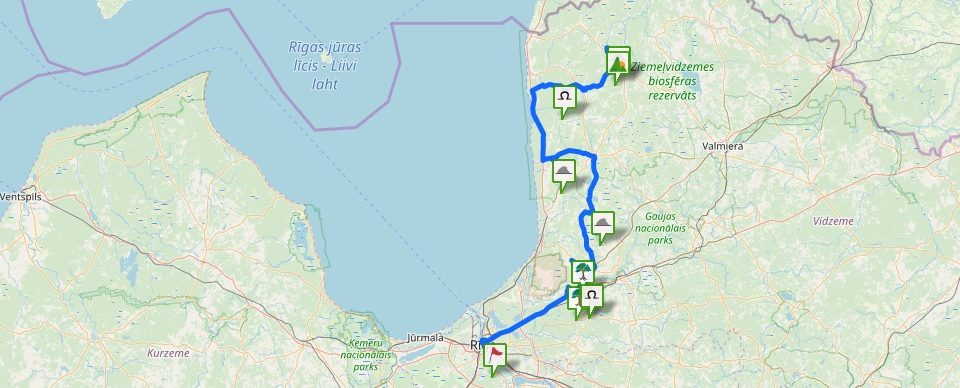State archaeological heritage (State Inspection for Heritage Protection, No 1722). The Sīļi Badakmens Stone (Sīļi Hunger Stone) currently lies in the Viesaki Deer Park which can be attended during previously arranged excursions once a month. Moreover, the access to the stone is also limited by the nest of a protected species of eagles nearby. The stone lies in a bushy place, far from populated areas. The Hunger Stone was first mentioned in records in the legend published in 1889. It is a 2.5 m high pole-like stone the base area of which is 2.3 x 1.3 m. The stone is coarse grained with several deep splits. Along one of the edges there are steps which provide for climbing the stone. On the surface of the stone there are several naturally formed irregular hollows. At the NE foundation of the Hunger Stone there is a 0.5 m high and 2.3 x 1.3 m big circular form stone. (J. Urtāns. Skudra pie kalna (Ant at a Hill)). An archaeological monument of national significance (VKPAI 1722). The significance of the stone is confirmed by a range of legends. In some legends it is said that the stone “came by sea” or “was brought by water”. It is possible that the Hunger Stone could be attributed to the European megalith culture. However, for the time being the statements of legends have not been archeologically proved. (J. Urtāns. Ant at a Hill (Skudra pie kalna)). Nearby there is the Jumurda manor house and park as well as the Cirsti manor house.
In 1889 in the newspaper “Balss” No 23 the following legend was published: “Within the borders of Jumurda–Cirsti there is a big stone resembling a huge man, just his head is missing. This stone is called the Hunger Stone. At the time when stones were talking this one boasted that it would turn all houses around therefore the local people asked soldiers for help. The soldiers cut the stone’s head that still lies next to the stone bearing a red stroke on one of its sides from the blood that flowed out.” The stone used to lie on the border between Cirsti and Jumurda Parishes and the people spoke that the stone must not be within the borders of one parish – it would mean a huge hunger there. It is possible that the stone had served as an idol’s image in ancient times. (J. Urtāns. Sīļi Badakmens Stone (Sīļu Badakmens). Lauku Dzīve, 1988, No. 2) In some other versions it is said that the stone “came across the sea” and “was brought with water”.
Limited access — a closed private territory.
Extra materials:
Contains information from the project:

Added by
Founder and maintainer of www.latvijas-pilskalni.lv, www.senvietas.lv and hillforts.eu.
